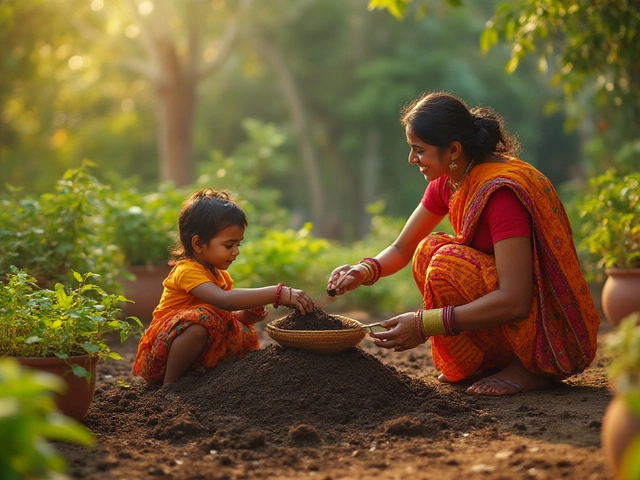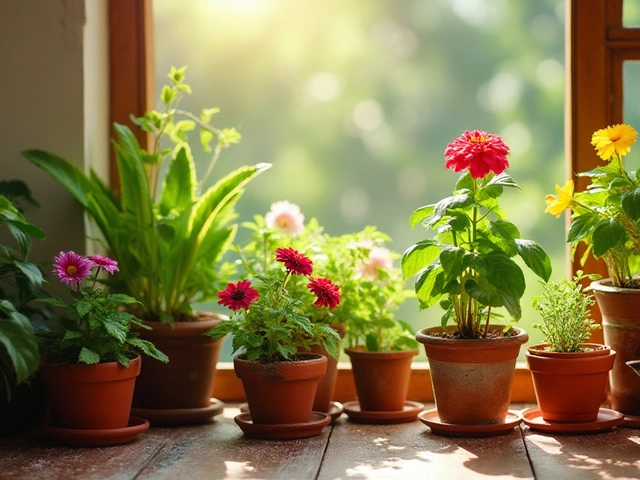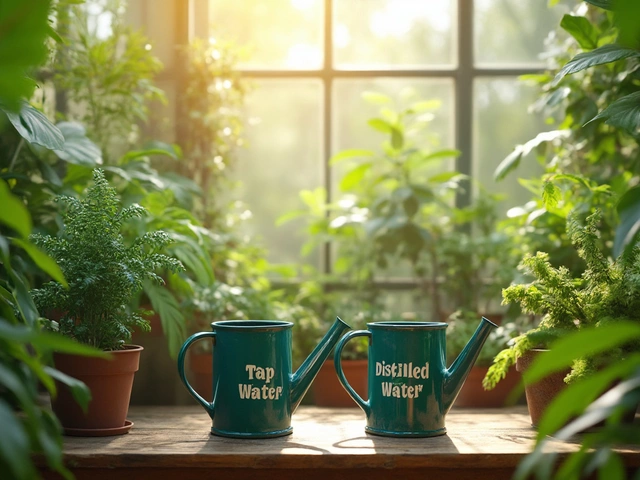Grow Vegetables: Simple Steps for a Productive Garden
If you’ve ever wished for fresh tomatoes, crisp beans, or home‑grown carrots, you’re in the right place. Growing vegetables doesn’t need a big plot or fancy gear – just a few clear actions and a bit of patience. Below you’ll find the most useful tips to turn a small space into a steady source of fresh produce.
Choosing the Right Vegetables for Your Climate
First, look at what grows well where you live. India’s climate varies a lot, so a cabbage that loves cool mornings may struggle in a hot, humid kitchen garden. Pick crops that match the season: okra and bitter gourd thrive in the summer heat, while peas and lettuce love the cooler months.
Ask yourself three quick questions: Do I have enough sun? (Most veggies need at least 6 hours of direct light.) Can I water them regularly? (Even a drip system or a simple bucket can work.) What soil type do I have? (Sandy loam is ideal, but you can improve heavy soil with organic compost.) Answering these keeps you from planting a carrot in a shady balcony that never gets sunlight.
Watering, Soil & Care Basics
Good soil is the foundation of any garden. Mix garden loam with equal parts compost and a handful of sand to improve drainage. Spread a thin layer of mulch – dried leaves or straw work – to keep the soil moist and stop weeds.
When it comes to watering, consistency beats quantity. A steady trickle in the early morning gives roots time to absorb water before the sun dries them out. If you’re using a drip irrigation line, bury it about 2‑3 inches deep; this protects it from sun damage and reduces evaporation.
Fertilizing doesn’t have to be complicated. A balanced NPK (nitrogen‑phosphorus‑potash) fertilizer applied once a month supports leaf growth and fruit formation. For a natural boost, stir a cup of well‑rotten compost into the planting hole before you sow seeds.
Watch for pests early. Companion planting – like growing marigold next to tomatoes – can naturally repel many insects. If you see a few bugs, a spray of diluted neem oil is safe for edible plants and keeps the problem low.
Harvesting at the right time locks in flavor and encourages the plant to keep producing. Snap beans when pods are still tender, pick lettuce leaves when they’re about the size of your hand, and cut carrots once they reach a usable diameter. Regular harvesting also prevents plants from going to seed too early.
Finally, keep a garden journal. Write down what you planted, when you watered, and any problems you faced. Over a few seasons you’ll spot patterns and fine‑tune your approach.
With these straightforward steps – picking climate‑right veggies, prepping soil, watering wisely, and staying on top of pests – you can enjoy a steady flow of fresh vegetables from your own garden. No need for complex tools or expensive kits; just a little effort, good soil, and the right plants. Happy growing!
Grow Vegetables on Your Balcony: A Simple Guide
Growing vegetables on your balcony is not only possible but also a rewarding way to enjoy fresh produce right from your home. With a little space and some basic supplies, you can turn your balcony into a thriving urban garden. This article offers practical tips and insights into choosing the right vegetables, managing your plants effectively, and making the most of your balcony's potential. Embrace your green thumb and transform even the smallest of spaces into a productive garden.
About
Balcony Gardening
Latest Posts


Using Epsom Salt for Indoor Plant Care: Benefits and Tips
By Alden Thorne Dec 23, 2024

Should You Add Sand to Garden Soil?
By Alden Thorne Apr 2, 2025

Is Distilled Water the Same as Tap Water for Your Indoor Plants?
By Alden Thorne Apr 15, 2025

